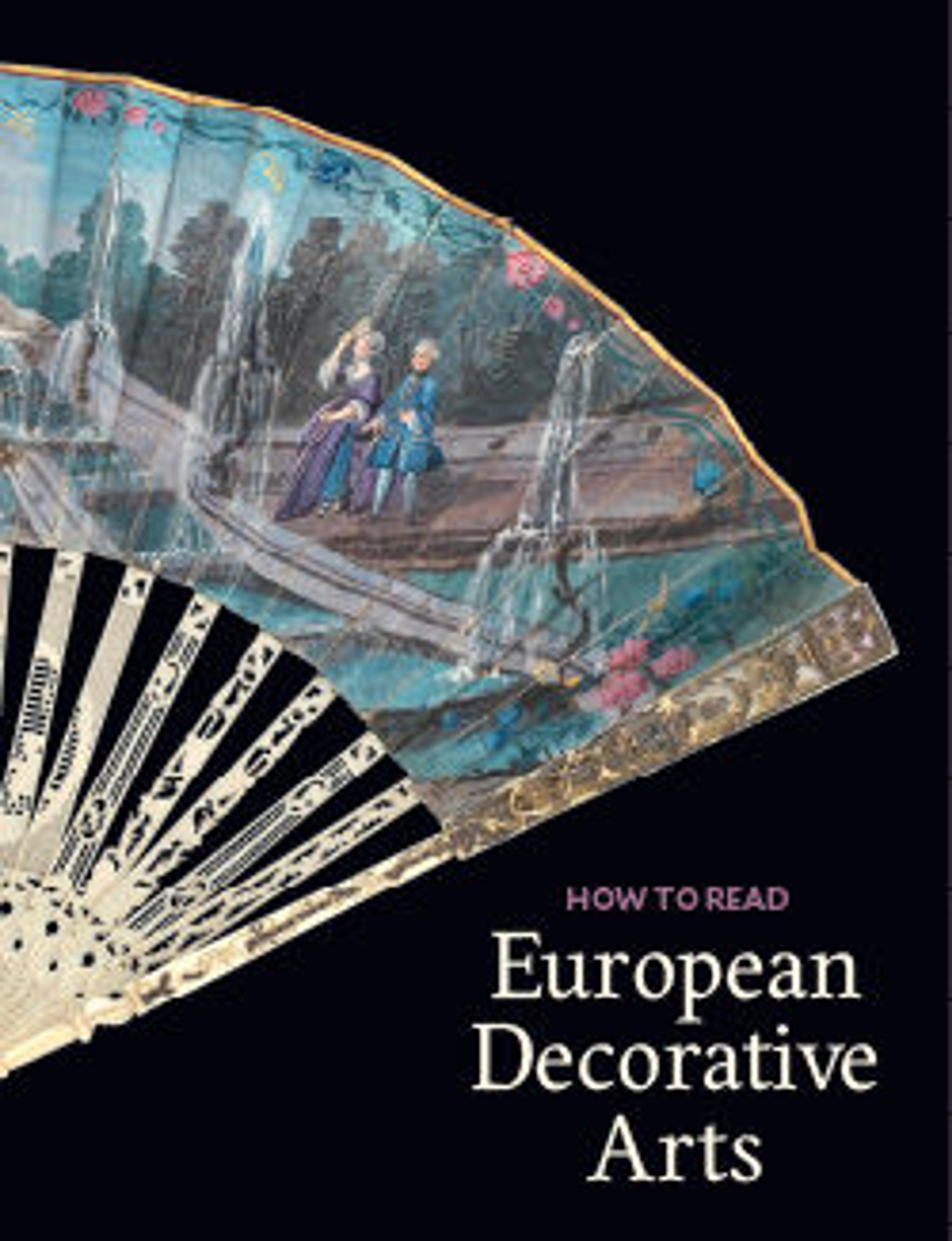English
Coffeepot
This coffeepot represents one of the most original and successful designs found in all of eighteenth-century French silver. The spiraling channels that form the body create a sense of dynamic movement, and the spout and handle base are formed of coffee leaves and berries that elegantly reflect the intended function of the pot.
It was long believed that this coffeepot was one of six made by François-Thomas Germain as part of a large silver dinner service for the Portuguese king, José I. However, the Museum's coffeepot lacks the engraved royal Portuguese coat of arms found on the coffeepots now in Lisbon, and its lid has slightly different decoration. Therefore, it is likely that this coffeepot was the first one made of this design and served as the model for the six made for the Portuguese court.
Germain, son of the famous silversmith Thomas Germain, was one of the most fashionable silversmiths in Paris in the second half of the eighteenth century, and his large workshop supplied important services to the French and Russian courts, in addition to that of Portugal.
It was long believed that this coffeepot was one of six made by François-Thomas Germain as part of a large silver dinner service for the Portuguese king, José I. However, the Museum's coffeepot lacks the engraved royal Portuguese coat of arms found on the coffeepots now in Lisbon, and its lid has slightly different decoration. Therefore, it is likely that this coffeepot was the first one made of this design and served as the model for the six made for the Portuguese court.
Germain, son of the famous silversmith Thomas Germain, was one of the most fashionable silversmiths in Paris in the second half of the eighteenth century, and his large workshop supplied important services to the French and Russian courts, in addition to that of Portugal.
Artwork Details
- Title: Coffeepot
- Maker: François Thomas Germain (French, Paris 1726–1791 Paris, master 1748)
- Date: 1757
- Culture: French, Paris
- Medium: Silver with ebony handle
- Dimensions: Overall (with handle): 11 5/8 × 12 in. (29.5 × 30.5 cm)
- Classification: Metalwork-Silver
- Credit Line: Purchase, Joseph Pulitzer Bequest, 1933
- Object Number: 33.165.1
- Curatorial Department: European Sculpture and Decorative Arts
More Artwork
Research Resources
The Met provides unparalleled resources for research and welcomes an international community of students and scholars. The Met's Open Access API is where creators and researchers can connect to the The Met collection. Open Access data and public domain images are available for unrestricted commercial and noncommercial use without permission or fee.
To request images under copyright and other restrictions, please use this Image Request form.
Feedback
We continue to research and examine historical and cultural context for objects in The Met collection. If you have comments or questions about this object record, please complete and submit this form. The Museum looks forward to receiving your comments.
